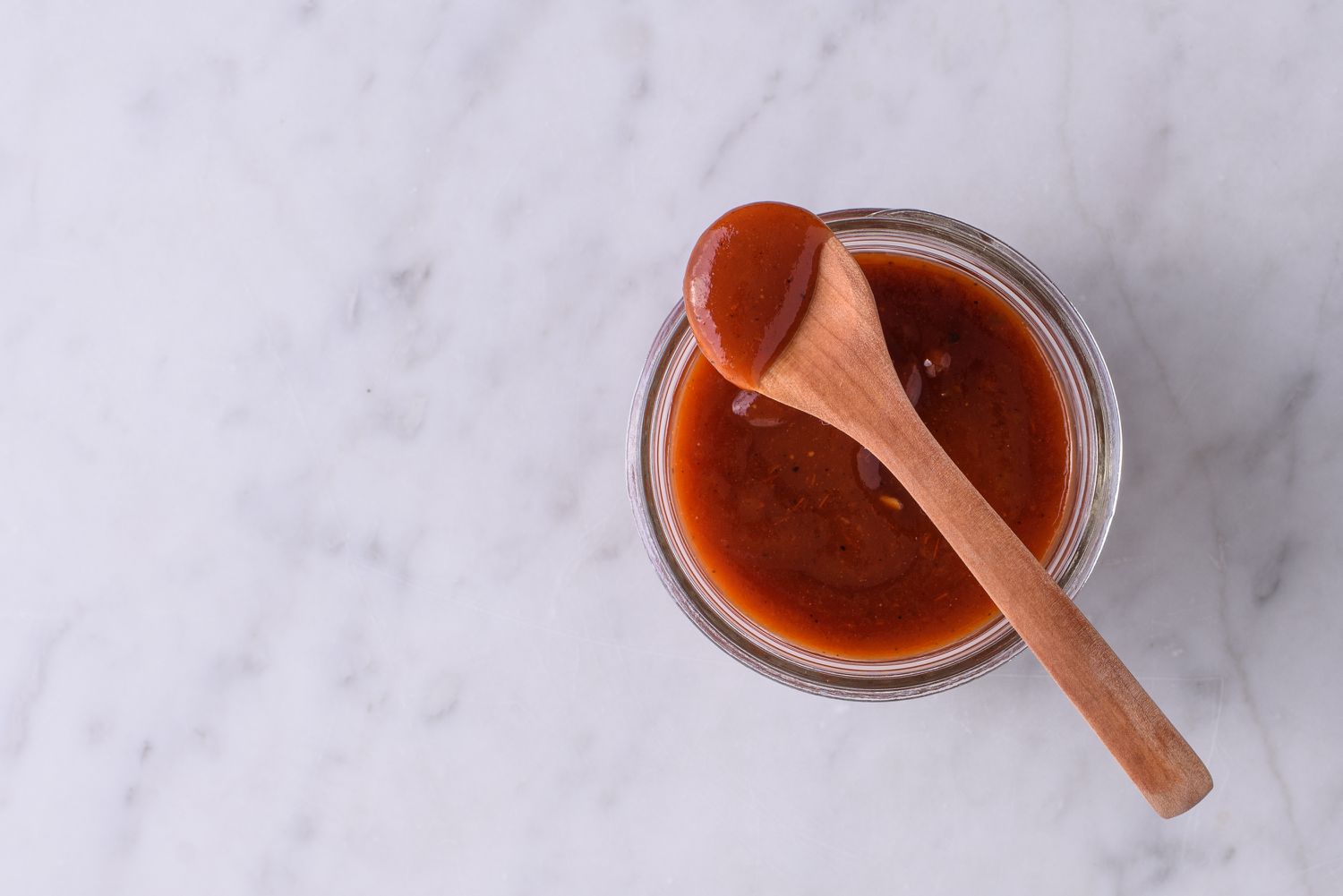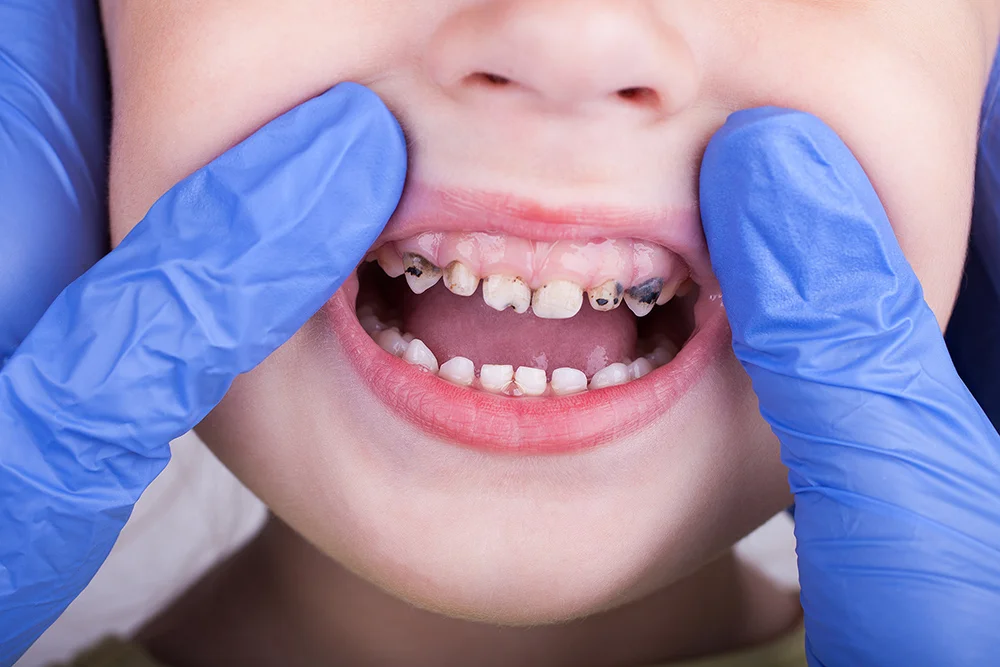Introduction
Thumb sucking is a common habit among infants and young children, often serving as a source of comfort and self-soothing. While this behavior is typically harmless during infancy, prolonged thumb suck can have significant implications for dental health. In this comprehensive guide, we will delve into the impact of thumb sucking on dental health and provide valuable insights for parents to address this habit effectively.
Understanding Thumb Sucking
Definition and Development: Thumb sucking is a natural reflex that infants develop early in life. It involves the child sucking their thumb for comfort or relaxation, often as a response to stress or fatigue. This reflex typically emerges during the first few months of life and may persist into childhood and adolescence.
Psychological Aspects: Thumb suck can serve as a coping mechanism for children, helping them feel secure and calm in stressful situations. It provides a sense of comfort and familiarity, especially during times of anxiety or uncertainty. However, it can also become a habit that persists beyond infancy, leading to potential dental complications.
Impact on Dental Health
Effects on Teeth Alignment: Prolonged thumb sucking can exert pressure on the teeth and jaw, causing misalignment or malocclusion. The constant presence of the thumb in the mouth can push the teeth outward or inward, leading to issues such as overbite, underbite, or crossbite. The pressure exerted by the thumb can disrupt the natural alignment of the teeth, affecting both the position and orientation of the dental arch.
Dental Arch Development: Thumb suck can also impact the development of the dental arch and palate. The pressure exerted by the thumb can alter the shape of the palate, leading to a high or narrow palate. This, in turn, can affect speech development and increase the risk of oral health problems. The altered shape of the palate may also impact the eruption pattern of permanent teeth, potentially leading to further complications in the future.
Open Bite Formation: One of the most common consequences of thumb suck is the development of an open bite. This occurs when the front teeth do not meet properly when the mouth is closed, leaving a gap between the upper and lower teeth. An open bite can impact chewing efficiency and contribute to speech difficulties. It can also lead to issues with proper oral hygiene maintenance, as the misalignment of the teeth may create areas that are difficult to clean effectively.
Identifying Problematic Thumb Sucking
Age Considerations: While thumb sucking is common among infants and toddlers, parents should monitor the habit as children grow older. Thumb sucking beyond the age of four or five can signal a problem that requires intervention. By this age, most children have developed alternative coping mechanisms and should be encouraged to transition away from thumb sucking.
Frequency and Intensity: Pay attention to the frequency and intensity of thumb sucking. If a child engages in thumb sucking frequently and vigorously, it may increase the risk of dental issues. Children who engage in thumb sucking as a prolonged or constant habit are more likely to experience dental complications compared to those who engage in occasional or transient thumb sucking.
Impact on Teeth: Examine your child’s teeth for signs of misalignment or changes in alignment. If you notice any abnormalities, such as protruding front teeth or an open bite, consult with a dentist or orthodontist to assess the impact of thumb sucking on dental health. Early detection and intervention can help prevent further complications and promote optimal dental development.
Addressing Thumb Sucking
Positive Reinforcement: Encourage positive behaviours and provide praise when your child refrains from thumb sucking. Offer rewards or incentives to motivate them to break the habit. Positive reinforcement can help reinforce desired behaviours and encourage children to make healthier choices.
Distraction Techniques: Help your child find alternative ways to cope with stress or boredom, such as engaging in creative activities or physical exercise. Providing distractions can redirect their attention away from thumb sucking and towards more constructive activities. Encourage your child to explore different hobbies and interests to find healthy outlets for their emotions and energy.
Use of Thumb Guards: Thumb guards are devices that can be worn over the thumb to prevent sucking. These devices serve as a physical barrier and can help discourage thumb sucking over time. Thumb guards are typically made of soft, flexible materials that are comfortable to wear and do not restrict hand movement. They can be used as a temporary measure to help children break the habit of thumb sucking and promote healthier oral habits.
Professional Intervention: If thumb sucking persists despite your efforts, consider seeking professional help from a paediatric dentist or orthodontist. They can provide personalised guidance and recommend appropriate treatment options, such as habit-breaking appliances or behavioural therapy. These interventions are designed to address the underlying causes of thumb sucking and promote positive behavioural changes. By working closely with a dental professional, you can develop a comprehensive treatment plan that addresses your child’s unique needs and promotes optimal dental health.
Conclusion
Thumb sucking is a common habit among children that can have significant implications for dental health if allowed to persist beyond infancy. By understanding the impact of thumb sucking on dental alignment and development, parents can take proactive steps to address this habit and promote healthy oral hygiene practices. By implementing positive reinforcement, distraction techniques, and seeking professional intervention when necessary, parents can help their children break the habit and maintain optimal dental health for years to come. Remember, early intervention is key to preventing long-term complications and promoting positive oral health outcomes. By working together with your child and dental professionals, you can support healthy dental development and ensure a lifetime of beautiful smiles.



